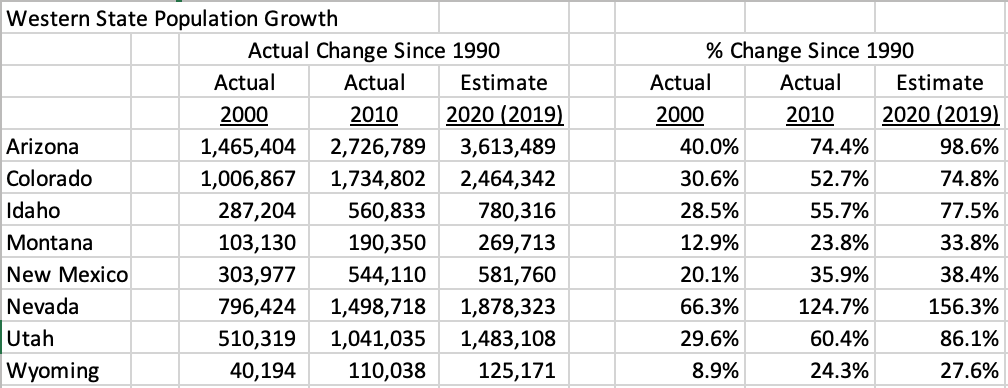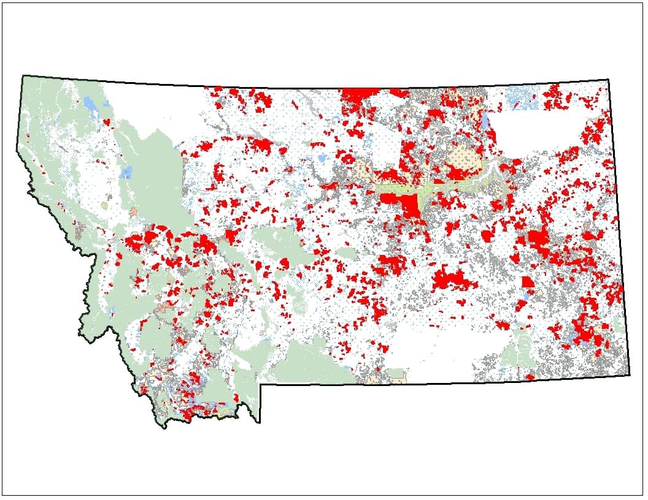Hem
Well-known member
Unscientific...since the early to mid nineties. Less elk, more hunters...and even less elk on public land.
I don't believe it is the fault of a particular party,wolves, bears.
I don't believe it is the fault of a particular party,wolves, bears.






